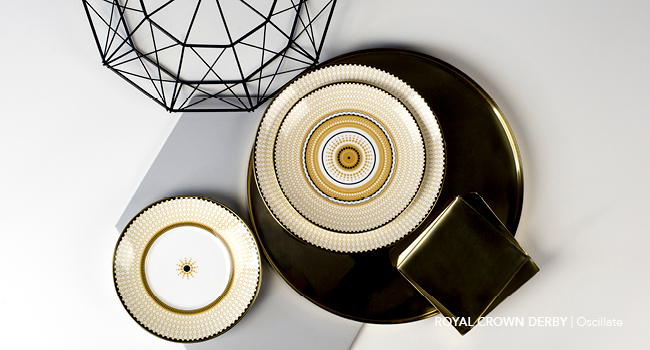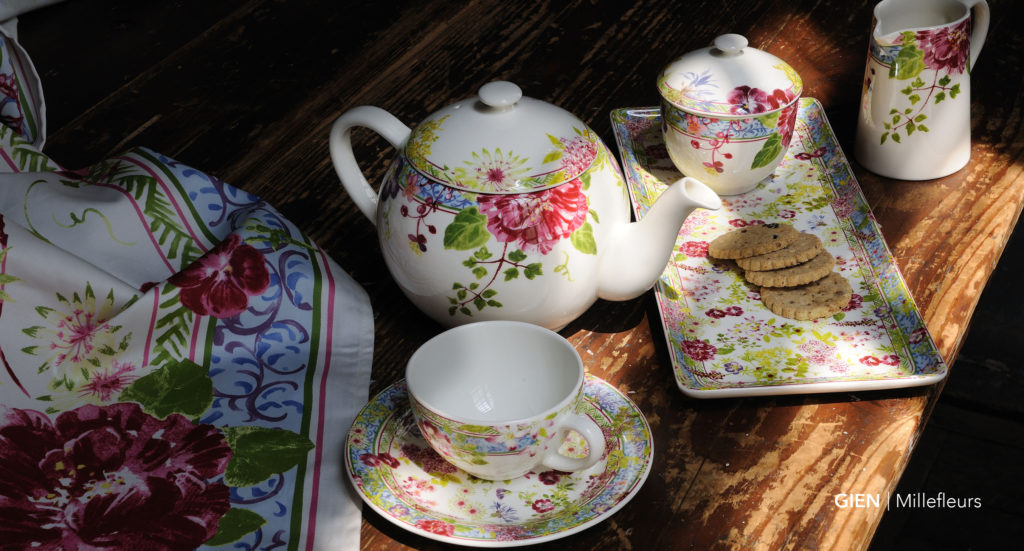Glazed And Confused- The Four Bodies Of China
The world’s largest assortment of dinnerware at William Ashley could make selecting a daunting task. Fear not! We are here to light the way and give you dozens of reasons to love the china you choose. Glazed And Confused is a series of posts which will demystify your tableware and give you the tools to make informed decisions- whether you are looking for an everyday set or you are a tabletop junkie! In this installment, we outline the differences in the bodies of china (what your dinnerware is made of). From the first clay pot fired in an ancient campfire, dinnerware has evolved into four main categories: Porcelain, Bone China, Earthenware and Stoneware. Picking your ultimate dinnerware is not a matter of choosing the best of the four; every category has inherent attributes that make it unique and covetable. A world of possibilities awaits you! Happy reading!
JACKIE FACT: Dinnerware is made primarily of kaolin (china clay) combined with feldspar and quartz which act as binding materials during the firing process.
Porcelain is not just a body of dinnerware; it is a story of international trade. The first appearance of this bluish-white base was made in China, the country. Yes- that China- where kilns were owned by Emperors and hand painted jars and vases were given as diplomatic gifts to European courts. A few schooners later and porcelain manufacturers began to dot the countryside of France and Germany, developing the dinnerware that you know and love. Porcelain is fired at the highest temperature of all the bodies of china and is what we call vitrified (sealed like glass). Porcelain clay is more malleable than the other bodies, allowing for unique shapes that won’t collapse during the firing stage.That is why Herend can develop such intricate embellishments as the butterfly finials of the Queen Victoria pattern or why the frieze details remain crisp and distinct in the pattern, Louvre White, by Bernardaud.
JACKIE FACT: Vitrified dinnerware (such as porcelain, bone china and stoneware) means that it is non-porous or sealed like glass, making it more durable and chip resistant.
JACKIE FACT: Bone China absorbs shock better than any other body of china, making it the most durable dinnerware available.
Bone China was invented by clay impresario, Josiah Spode in the 1790’s. By adding animal bone ash to the mix, the vitrified porcelain took on an elastic property. It is inherently translucent and has a pure white tone. The Brits certainly do things differently, like driving on the left or toasting bread only on one side. For over a century porcelain has been made in Continental Europe whereas Bone China remains an English treasure. As a result of it’s incredible strength and translucence, the finest dinnerware retailers in the world use this body of china including Royal Crown Derby, Wedgwood, Narumi, Lenox and Royal Doulton.
Earthenware is a product of Josiah Spode’s quest for an affordable dinnerware range that could grace every table in the Empire- at a time when porcelain dinnerware was only available to the elite. Spode has been a producer of earthenware for more than two centuries, with many of its patterns widely copied over the years. Rest assured that at William Ashley, we only sell the original! This body of china is fired at a lower temperature and is not vitrified or porous. The benefit to this method is that the colours remain vibrant after firing (increased temperature mutes the pigments). The French manufacturer, Gien, captures this quality in the most exuberant way- the patterns are multi-coloured and crystal clear- a nod to Provence where this dinnerware is made. The French call it Faience, the British, Earthenware or Ironstone.
Stoneware is a unique product that is fired at a high temperature making it a vitrified body. It is, like its name indicates, heavy and strong. This is the only body of china that can be taken from freezer to oven. In fact, it is so heat resistant that you can literally cook an egg on your dinner plate! Denby has been a maker of this type of china for over two hundred years and is our go-to for authentic stoneware, with a mid-century signature look. Denby stoneware is still lovingly made in Britain. Have a look-see at their latest video for more exciting news!













